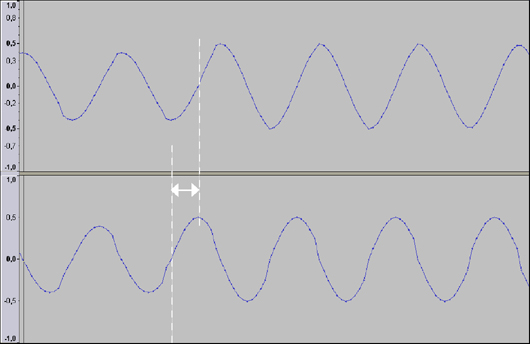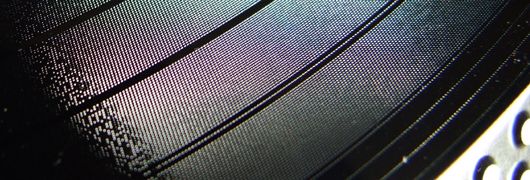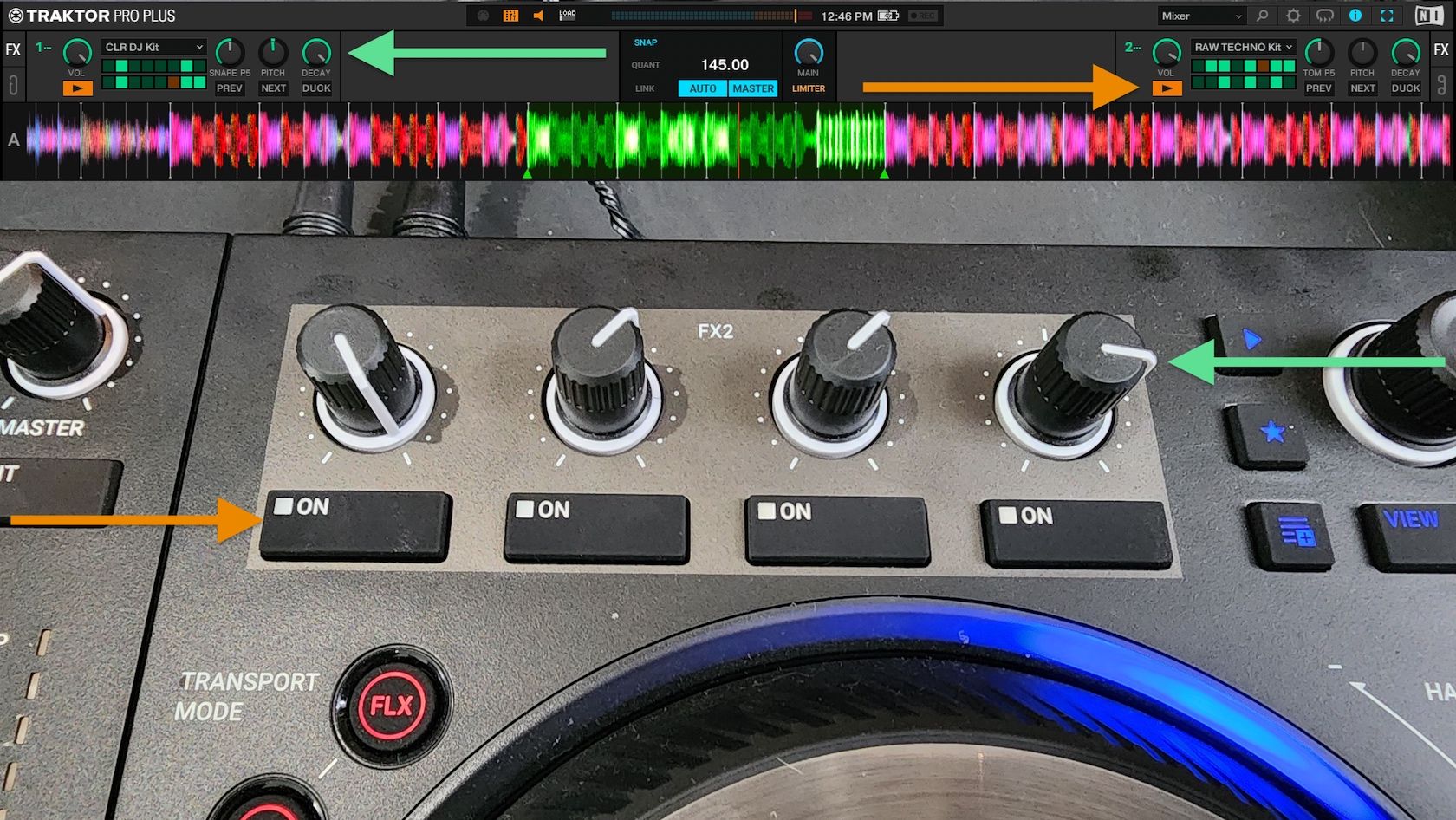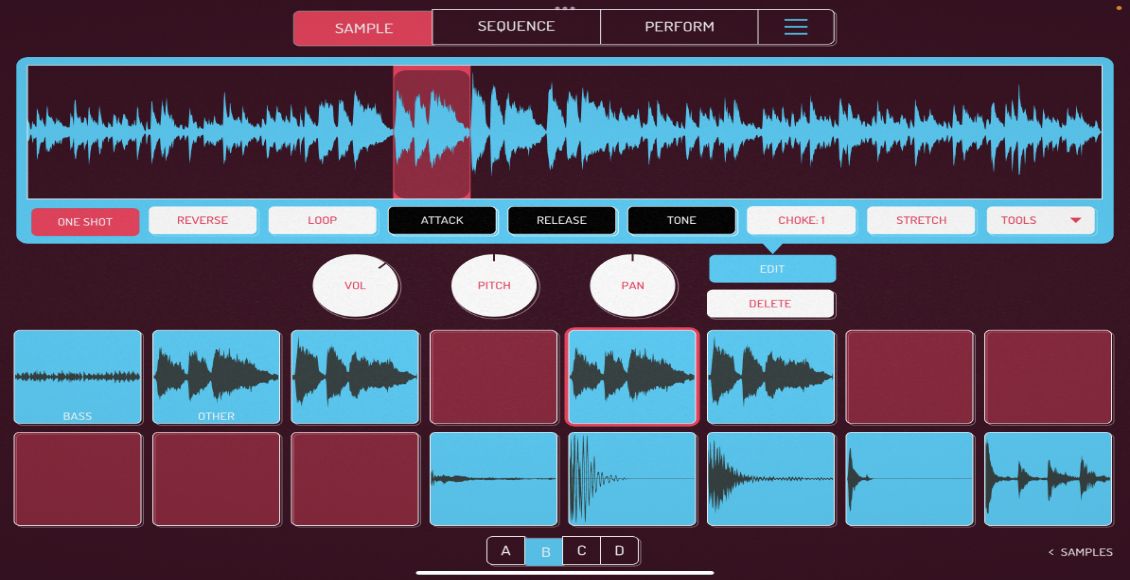The better you understand the technology we dj with, the more empowered you are to fix problems and improve performance. Last week we published an article on fixing common timecode problems. This week we will take you deeper inside timecode technology and show how a computer can accurately track a record’s position.
Traktor Scratch’s timecode vinyl and timecode CDs contain an audio signal constructed from two sinus waves with a frequency of 2 KHz. Serato Scratch and many other competitors have frequencies of 1khz. This signal is analogue and can be brought into to the computer through any audio interface. Once in the computer, the timecode decoder extracts three different types of information from the incoming signal:
- Playback speed of the timecode vinyl or timecode CD, respectively,
- Playback direction (forward, backwards) and
- Current playback position on the timecode vinyl or on the timecode CD.
Playback Speed
The detection of the current playback speed isn’t too complicated because the decoder knows the original frequency of the timecode signal. If playback is slowe, then the frequency of the incoming timecode signal will be lower than the original frequency. If the rotation speed of the turntables or CD player is higher than 100%, then the frequency increases. The timecode decoder analyzes the frequency of the incoming signal and uses the difference between the original and the incoming frequency to calculate the current speed. Traktor can then match the playback speed of the deck to the playback speed of the timecode medium.
 *Good To Know* Because Traktor uses the frequency to calculate the speed you must never activate the Master Tempo feature available on many CDJ players, because the Master Tempo function corrects the tone pitch. This is not wanted when using timecode.
*Good To Know* Because Traktor uses the frequency to calculate the speed you must never activate the Master Tempo feature available on many CDJ players, because the Master Tempo function corrects the tone pitch. This is not wanted when using timecode.
If you are using turntables, which always flutter, the BPM display on a timecode controlled deck is never stable; dont worry- the program is not broken, this simply reflects the flutter of the turntables.
Playback Direction
For forward playback the frequency information is already sufficient but it is not enough to determine whether the timecode medium is moving forward or backwards. This information is absolutely necessary when scratching or manual beat matching. To detect the playback direction the timecode signal is constructed from two sinus waves, one for the left and another one for the right channel. The phases of both waves are slightly shifted. This can be seen in the following figure which simulates this (let’s assume the upper wave is for the left and the lower one for the right channel).

Because of the phase shifting the right channel is a bit ahead of the left channel. When the right channel meets the zero line, then the values of the amplitude of the left channel are negative. When the playback direction is reversed and the right channel reaches the zero line, then the values of the amplitude of the left channel are positive.
*Good To Know* This is also the reason why Traktor always needs the timecode signal of the left and the right channel to function properly. If one channel is missing (maybe because one cable is not connected or because the contacts of the cartridge are black or dirty) only forward playback will be possible. This mode is called emergency mode. More practical information about the left/right channel topic can be found in this tutorial where timecode configuration is covered.
Current Playback Position
This brings us to the third and last question, how does Traktor recognize the current playback position. Unfortunately we will never know the answer because it is one Native Instruments best kept secrets. If you have a very close look at a piece of timecode vinyl you will see little data packages as small boxes, where the position information is hidden.
Rainer G. Haselier is the author of the “Traktor Pro Bible“. Dj TechTools readers may use the following discount code to get 15% off the book in the CreateSpace e-store: SWBLQERF









